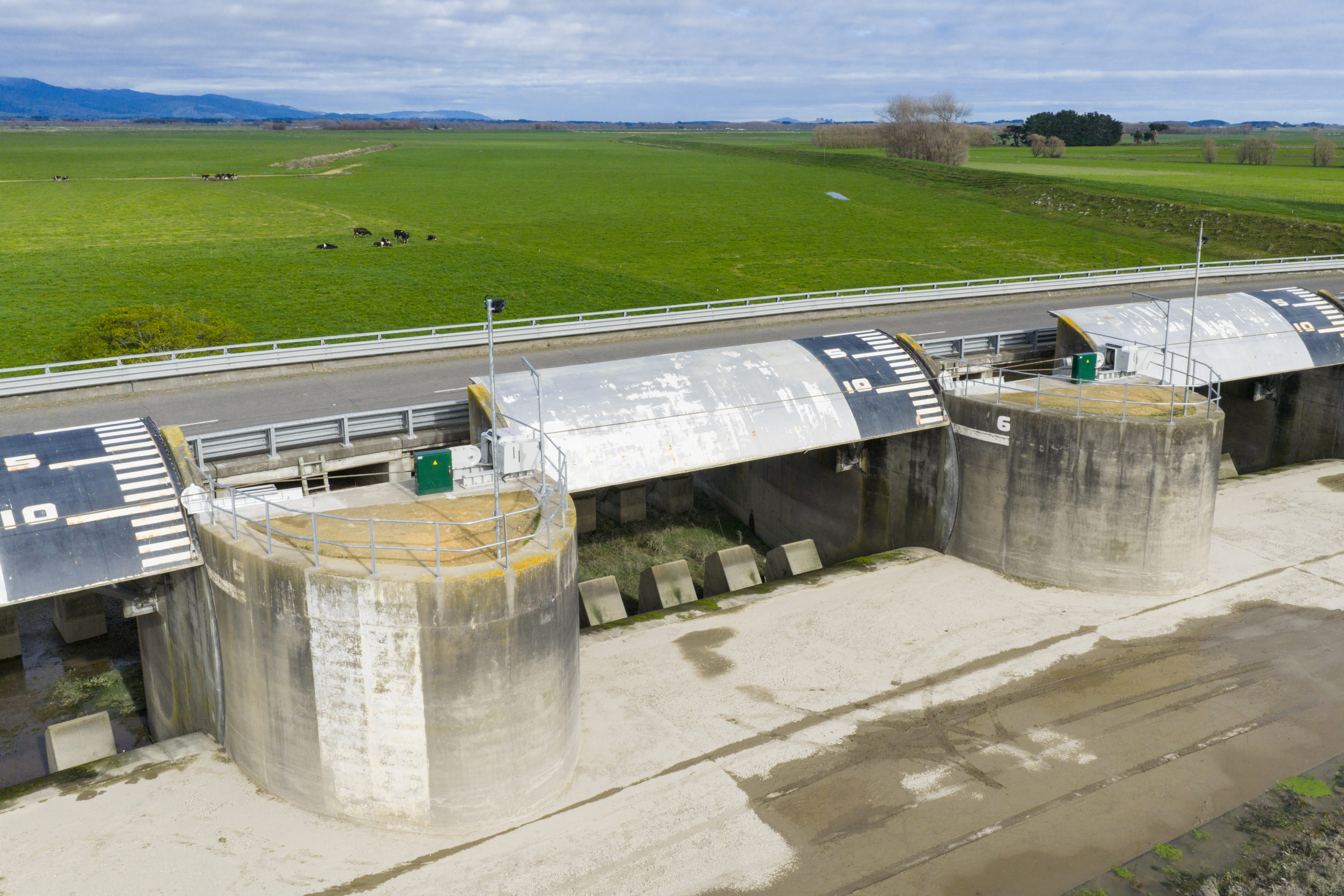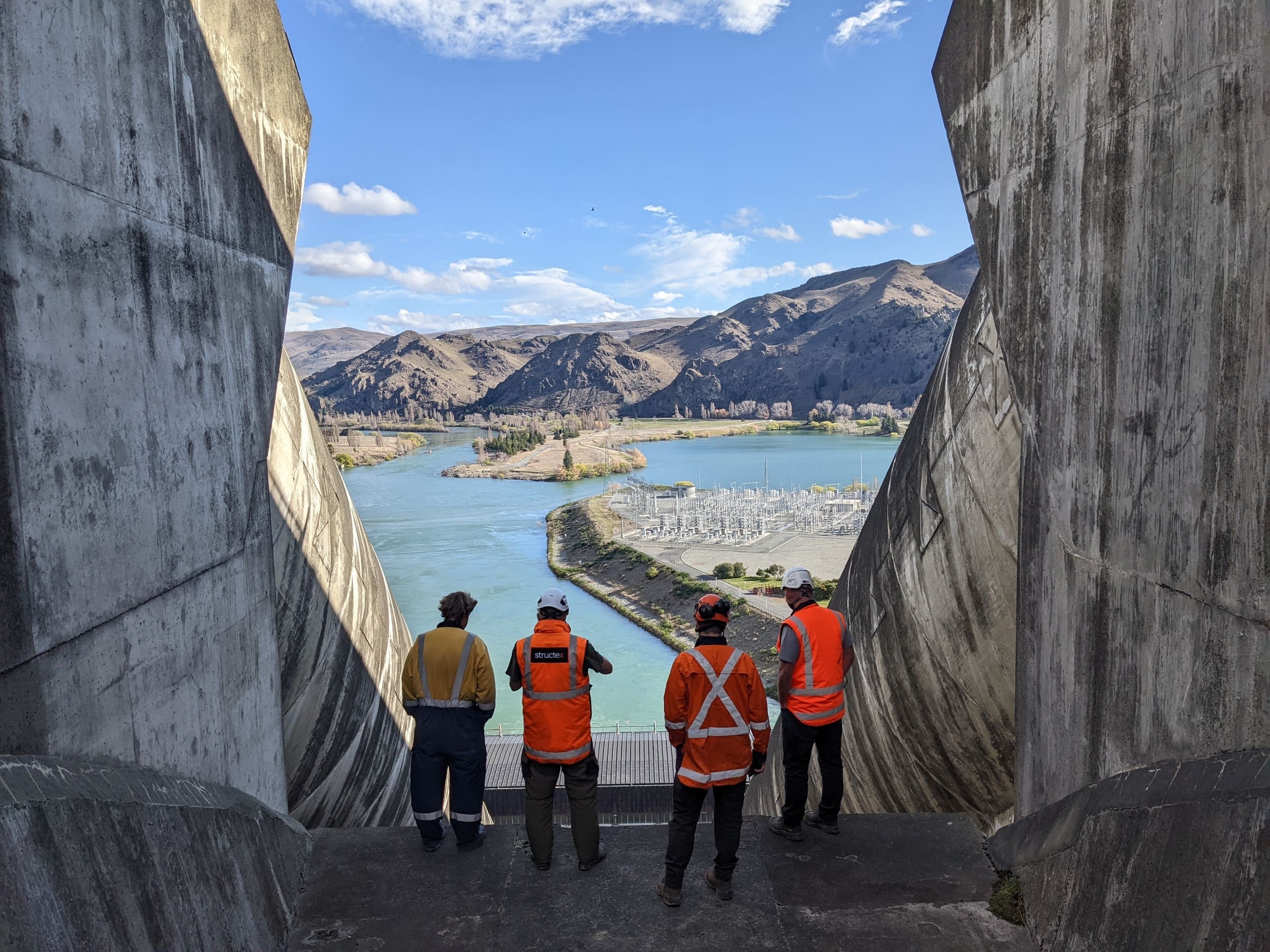Antigua Footbridge Rehabilitation
.jpg)
Scope
- Remove the existing damaged structure in one piece, to transport for refurbishment
- Demolish existing abutments and construct new concrete abutments
- Put refurbished truss back into position
- Place concrete precast panels
- Concrete stitch pours to complete deck
- Install handrails and general landscaping to finish

Project Description
Damage to the Antigua Street footbridge caused by the February 2011 earthquake required major repairs to the bridge structure and abutments.
Several aspects of this project presented significant technical challenges. While many were addressed via our smart methodology and careful planning, other issues had to be dealt with quickly and on the spot. This included the bridge starting to ‘spring back’ when the 150 year old, 24m steel truss was removed. Stored tension in the truss exceeded all calculated expectations, and was only discovered once the bridge was released from its abutments. To address this we stretched steel cable bowlines across the chord of the arch. These were then carefully monitored (using load cells and data loggers) and continually adjusted to control tension on the truss while it was cut out.
This project was unique. Due to constraints imposed by existing conditions and the local environment, innovations were required to address multiple challenges and technical difficulties. We rose to the challenge. Our innovative approach included:
A design change design to use precast panels for abutment construction. This ensured the fine tolerances demanded could be achieved with greater accuracy than casting in-situ, as per the original design.
The design specification called for 10mm grout pads to be placed between the bridge feet and the panels. During design review, we recognised this was problematic - working under a suspended load is a prohibited activity. To resolve this, we designed and manufactured corbels that were temporarily bolted.
As our Resource Consent prohibited the use of scaffolding across the river, we had to devise alternative approaches to form the stitch joints. So, to gain access for stitch pours outside the truss, we used a boom lift from the river bank.
For our delivery of the Antigua Street footbridge rehabilitation, we were specifically commended by our client for our “work ethic, safe working practices in the field and innovation in the face of unpredictable and dangerous situations”.
We were both acknowledged as Downer’s “first choice for further bridging work”, and won a 2015 Contractor of the Year Award for this project.
Start Date: June 2014
Completion Date: May 2014
















%20(1).jpg)

.jpg)

.jpg)

.jpg)
.jpg)
.jpg)






.jpg)
.jpg)
.jpg)
.png)
.jpg)

.jpg)

.jpg)

.jpg)
%20(1).jpg)


.jpg)
.jpg)

.jpg)
.jpg)
.jpg)
.jpg)


.jpg)